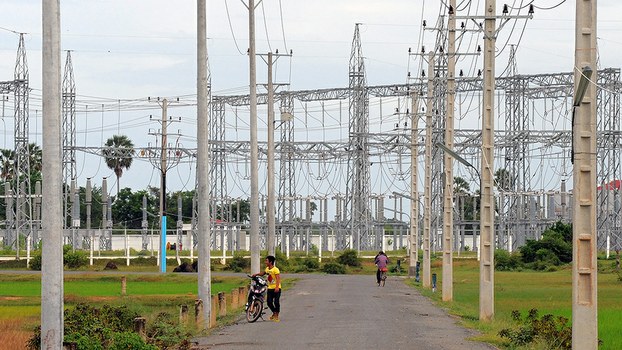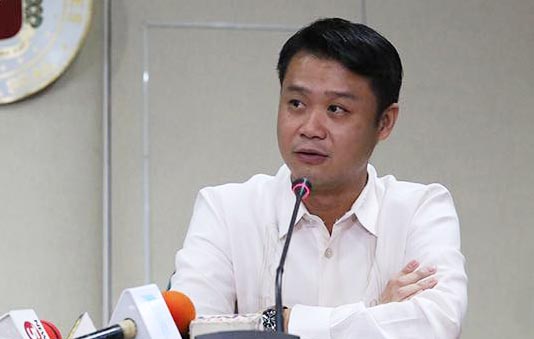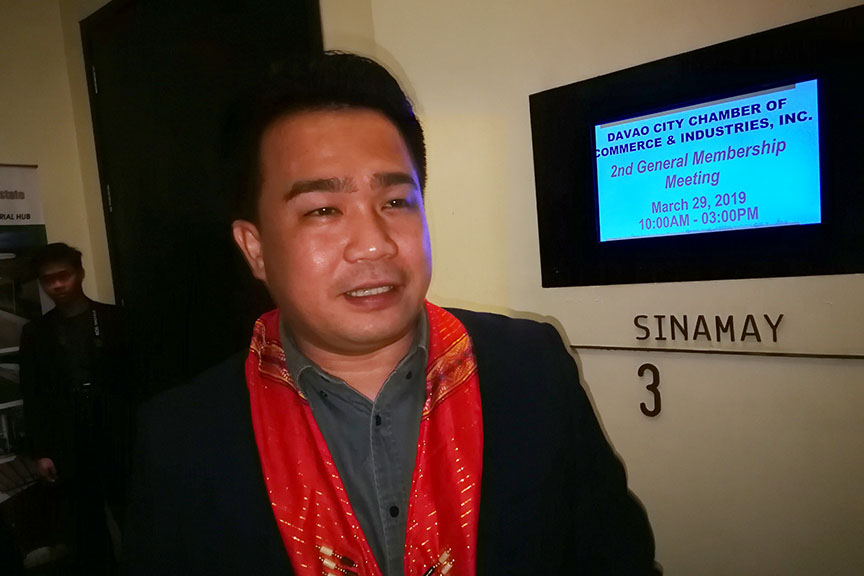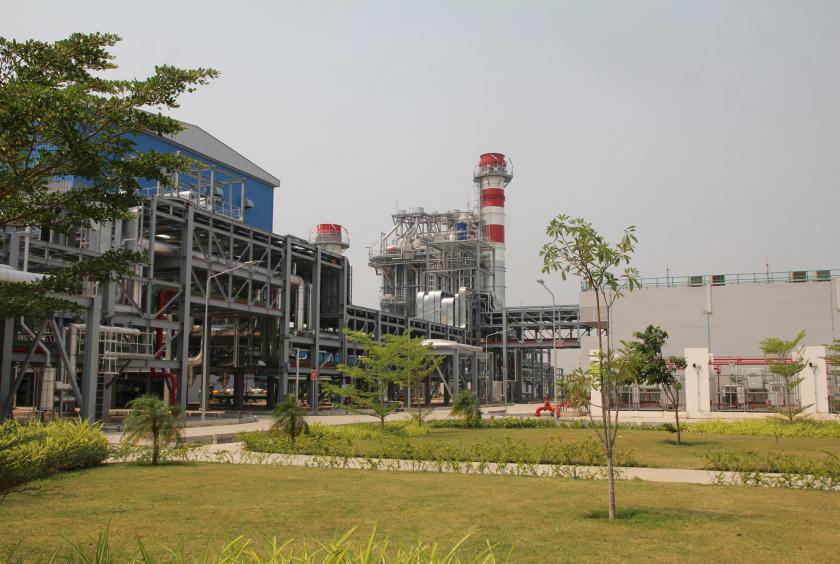- Electricity/Power Grid
–
- Cambodia
Cambodia’s Prime Minister Hun Sen has told officials to cut off electricity to the homes of those who claim he orchestrated blackouts to drum up public support for a controversial hydropower dam, after the head of an environmental NGO suggested the government was responsible for power outages that have plagued the country this year.
Over the weekend, RFA’s Khmer Service reported that residents and activists in Koh Kong province believe the government has been restricting power flow to the region to justify building the Stung Cheay Areng hydropower dam, despite environmental concerns that shelved the project in 2015.
RFA quoted Alejandro Gonzalez-Davidson, founder of local environmental watchdog Mother Nature, as saying that officials should resign and apologize to the public for the cuts, which have lasted for several weeks and are expected to continue through May.
The government has attributed the shortages to high temperatures affecting the ability of dams to generate power and high levels of public consumption, and said the grid is around 400 megawatts short of what is needed to supply the country during the dry season.
On Tuesday, Hun Sen said that an electricity shortage “is not a reason to build a hydropower dam,” and called the claims that the government planned to go ahead with the Stung Cheay Areng project untrue.
“If we know which house [belongs to those accusing the government], please shut off the electricity supply—let them light torches,” the prime minister said, speaking at a ceremony to recognize the opening of a water system in Kampot province.
The Khmer Times quoted Kin Phea, director general of the Royal Academy of Cambodia’s International Relations Institute, as saying that critics “should consider the facts rather than be driven by political motivation,” and blamed the shortages on climate change.
In response to Hun Sen’s comments, Affiliated Network for Social Accountability (ANSA) executive director San Chey told RFA that the government should accept criticism and be willing to make changes if complaints are legitimate.
“The government can’t avoid criticism over the blackout,” he said, adding that officials should work to provide a solution to the problem instead.
Cambodia’s government has said it will lease a floating power station from Turkey to generate additional power for the country, and also recently announced plans to purchase electricity from its neighbors.
On Wednesday, government spokesman Phay Siphan announced in a Facebook post that the Council of Ministers will vote April 5 on whether to approve an 80-megawatt hydropower dam in Pursat province and another dam of 60-megawatt capacity in Kampong Chhnang province to lessen the impact of power shortages, but didn’t elaborate on details of the two proposed projects.
Mother Nature’s Gonzalez-Davidson told RFA he was unable to comment on whether the government should proceed with the two dams, as he lacks information about the projects, but suggested that the government would be better off investing in solar energy because the infrastructure takes less time to put in place and power production is far more sustainable.
“Solar energy is cheaper, doesn’t result in forced evictions, and has no impact on fish stocks,” he said.
Mekong development
The controversy over the shortages came as environmental NGO International Rivers released a factsheet on the impact of hydropower development based on the findings of a 2018 study conducted by the Mekong River Commission (MRC)—an intergovernmental organization that works directly with the governments of Cambodia, Laos, Thailand, and Vietnam to jointly manage shared water resources.
According to International Rivers, the study found that the plans for 11 large hydropower dams on the lower Mekong River mainstream and 120 tributary dams by 2040 “seriously threaten the region’s ecology and economy, as well as local people’s access to sufficient and nutritious food.”
But the group said that since the study’s release in February 2018, extensive dam construction on the lower Mekong mainstream and within the Mekong basin “has continued unabated.”
The study warns of impacts in current and proposed Mekong hydropower expansion due to losses to fisheries, sediment transport and other ecosystems services that International Rivers said would in turn heighten food insecurity and vulnerability of communities throughout the basin.
The study also recommended that member countries consider emerging energy technologies, such as solar and wind, as alternatives to hydropower.
“Assessing these alternatives, together with demand-side management and energy-efficiency measures, would provide major insights for managing water, energy, and food security more sustainably in the lower Mekong basin,” International Rivers said.
Cambodia’s Mines and Energy Ministry has said that Cambodia produced 2,650 megawatts of energy in 2018—50 percent of which came from hydroelectric dams.










